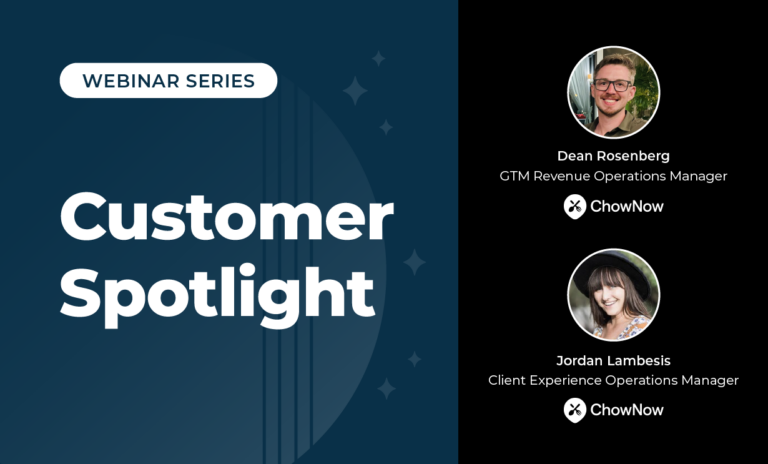As a business grows, its go-to-market (GTM) strategy and operations get more complex. Large teams, divided into specializations and territories, leverage different GTM routes—inbound, outbound, channel partners, ABM, upsell, cross-sell—to convert new customers and grow existing ones.
The Role of Sales Engagement in the GTM Landscape
In this complex GTM landscape, sales engagement plays a critical role by automating several touch points in the buying journey. The most common example of one such workflow is the email-call-social media outreach by a sales development rep (SDR). Sales engagement platforms can also automate the cold outreach an account executive does to reach new prospects within an existing account, or that of a CSM to their customer contacts informing them of a new feature or development.
Two amazing companies are leading the charge in the sales engagement category—Outreach and SalesLoft. Both have been recognized for their high growth and for dominating the space.
Rules for Routing to Sales Engagement
LeanData Routing has emerged as a clear winner in the GTM execution space. Fast-growing and enterprise companies use it as their GTM control tower—where all the routing rules for Salesforce objects can be built, measured, and optimized.
With the recent launch of the Revenue Operations Platform with integrations and APIs, the impact of these rules can now be extended to the rest of your sales and marketing stack, including…(drumroll)
…yes, you got it right—including your Sales Engagement platform of choice!
LeanData Integration with Outreach & SalesLoft
LeanData’s Routing product comes with the visual interface called FlowBuilder, where you can drag and drop different kinds of nodes to build your company’s routing rules for different kinds of objects. With the new integrations, Outreach sequences and SalesLoft cadences get their own nodes in the FlowBuilder interface from where they can be triggered. You can now trigger these automated engagement workflows based on any conditions you check for in LeanData.
Here is a summary of some of the ways in which this can be used.
- Accelerate Speed to Lead: Auto-send emails and initiate a sequence/cadence when inbound leads come in through marketing and other channels (e.g., materials downloaded from a website).
- Segment leads into different follow-ups: Initiate appropriate sequences based on the prospect’s job title, company size, industry, etc.
- Revive cold leads: Add prospects who’ve cooled off to a sequence/cadence for automated touches, then initiate human intervention as they warm up.
- Enable pre-event outreach: Before a trade show, get meetings from leads/contacts who were scanned at your booth or attended a session from previous years by sending them to the BDR team for outreach.
- Prevent duplicate outreach: LeanData’s Matching and auto-merging capability in Routing eliminate duplicates in Salesforce, ensuring that leads receive targeted and personalized communication by one rep.
- Improve post-sales experience: Once a customer signs a contract or buys implementation services, immediately add them to a sequence/cadence and auto-start the implementation process with an introductory email from the implementation consultant’s mailbox to set up a meeting for next steps.
- Improve ongoing customer experience: Launch a sequence/cadence with Tasks and Emails for each customer as checkpoint reminders, e.g., after six months of a new customer signing up, send automated emails from the Head of Customer Success to check in with customers and to check how happy they are with the solution.
The integrations are very easy to get started with. It’s almost as easy as flipping on a switch. If you are a user of LeanData and one of these top-of-the-line sales engagement platforms, get in touch with your customer success manager and get started today!







